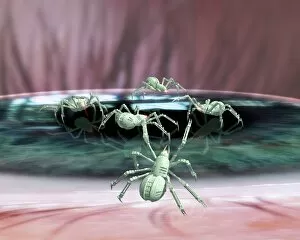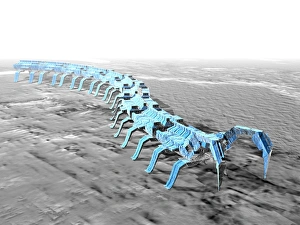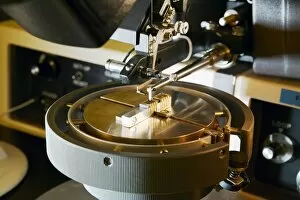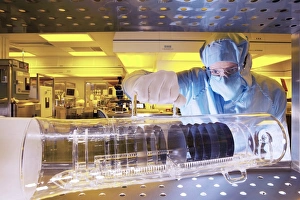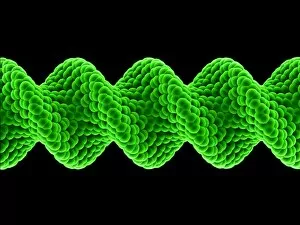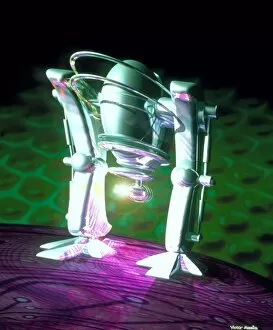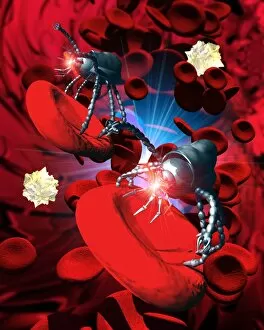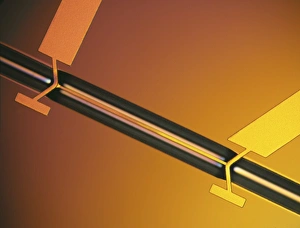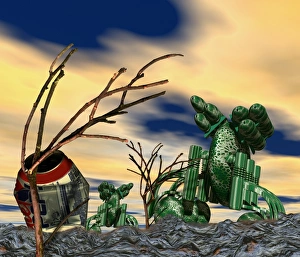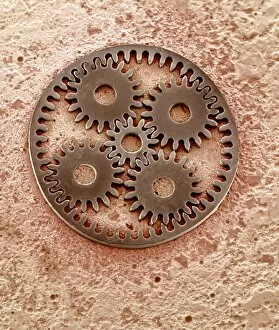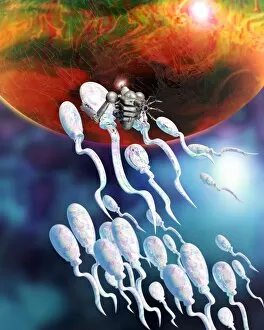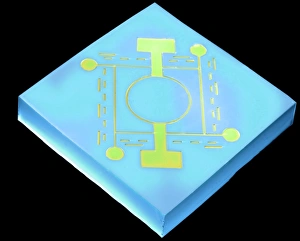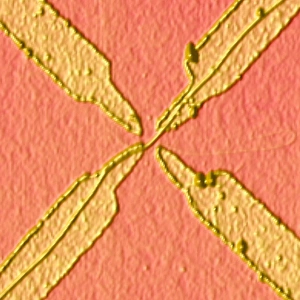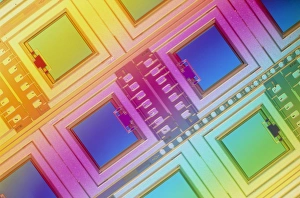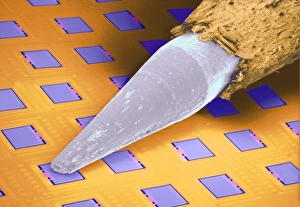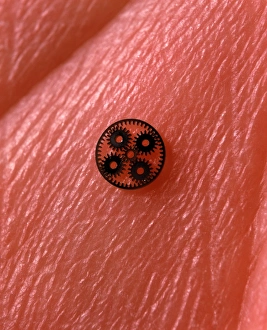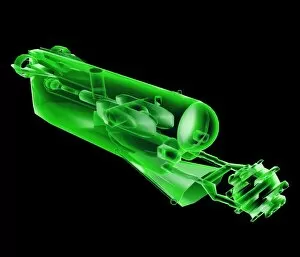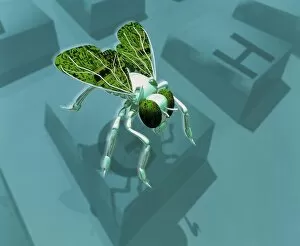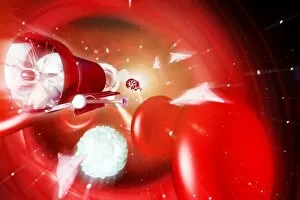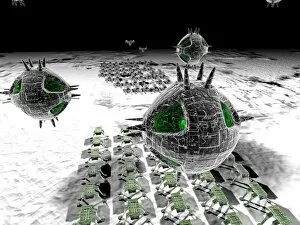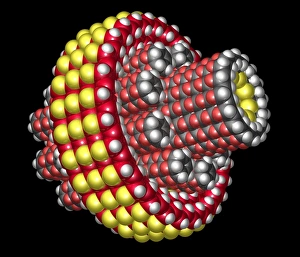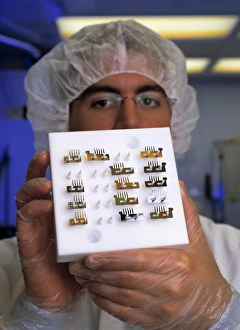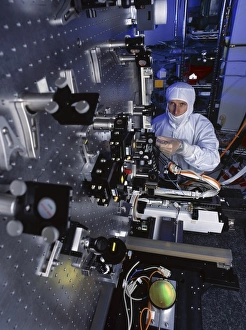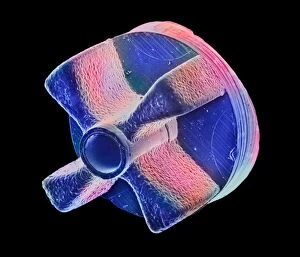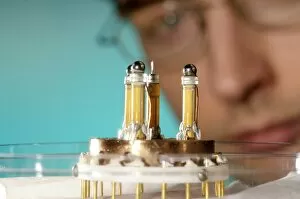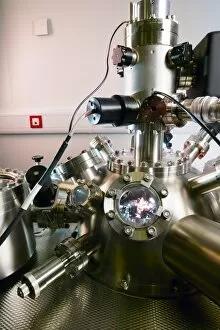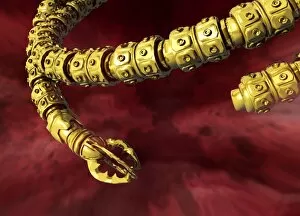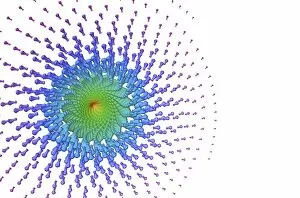Nanotechnology Collection (page 7)
Nanotechnology, the groundbreaking field of science that operates at the atomic and molecular level, continues to astound us with its limitless potential
All Professionally Made to Order for Quick Shipping
Nanotechnology, the groundbreaking field of science that operates at the atomic and molecular level, continues to astound us with its limitless potential. Imagine a swarm of nanorobots working tirelessly inside our bodies, repairing damaged cells and combating diseases. This futuristic concept comes alive through mesmerizing artwork depicting these tiny marvels in action. One such masterpiece showcases nanotube technology, where intricate structures resembling microscopic tubes hold immense promise for various applications. Another captivating artwork portrays nanorobots delicately maneuvering on a pinhead, highlighting their astonishing precision and agility. Graphene steals the spotlight as an extraordinary material with unparalleled strength and conductivity. An awe-inspiring depiction of a graphene sheet captivates viewers, showcasing its remarkable properties that revolutionize industries ranging from electronics to energy storage. The integration of carbon nanotubes into this realm further expands possibilities. Conceptual artwork envisions how these incredible structures could shape future technologies by enhancing materials' performance or enabling advanced electronic devices. Intriguingly, nanotechnology even offers hope for DNA repair using tiny yet powerful nanobots designed specifically for this purpose. Imaginative illustrations depict these minuscule machines precisely targeting damaged genetic material within our cells—a testament to human ingenuity pushing boundaries beyond imagination. But it doesn't stop there; battling cancer becomes more promising when we witness a brave little nanorobot attacking malignant cells in another captivating piece of art. The potential breakthroughs in targeted therapies bring renewed optimism in the fight against this devastating disease. And finally, self-replicating nanobots take center stage through thought-provoking artwork that explores their ability to reproduce autonomously—opening doors to unimaginable advancements across numerous fields. As we delve deeper into the world of nanotechnology, we are left awestruck by its transformative power and boundless opportunities it presents for humanity's progress.


